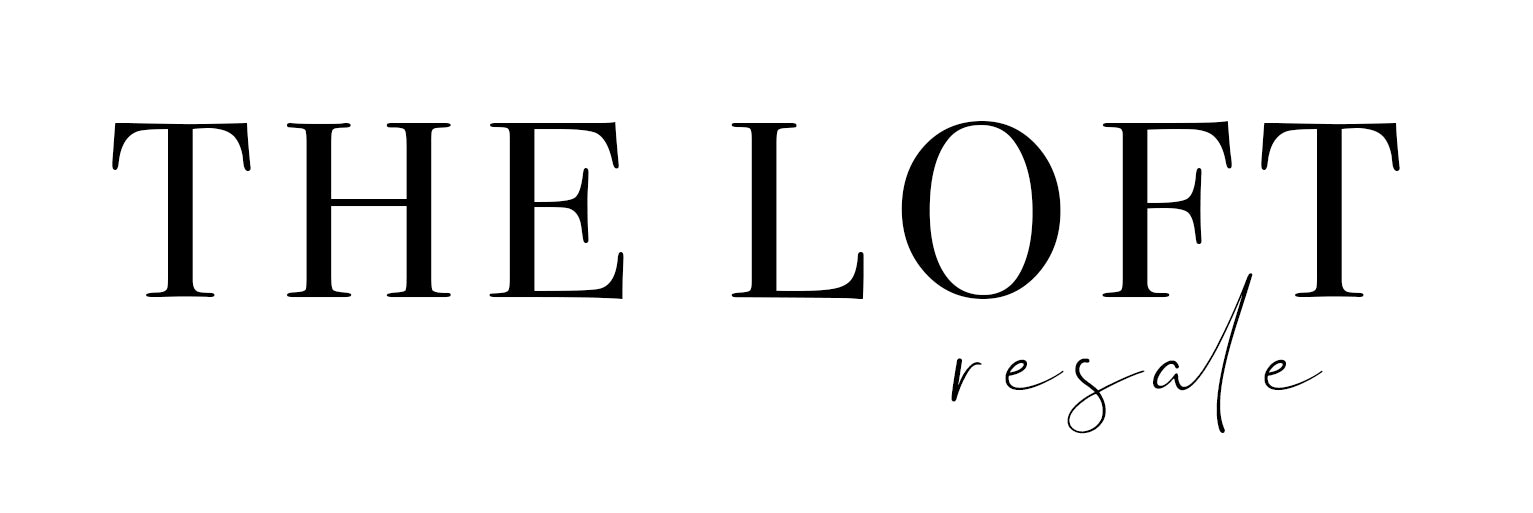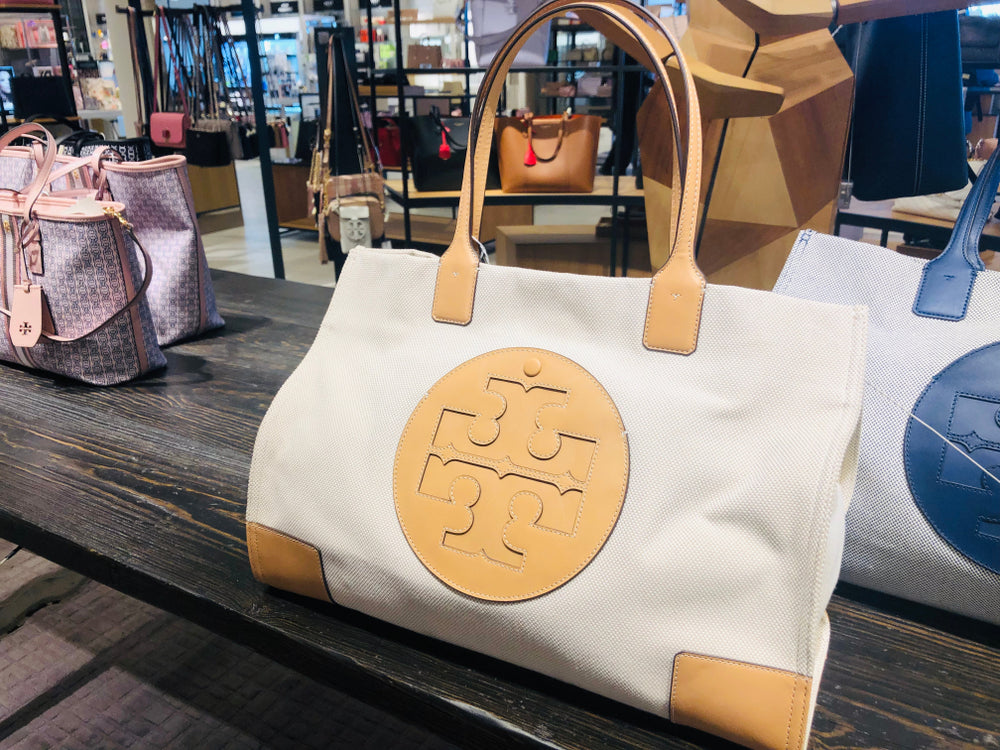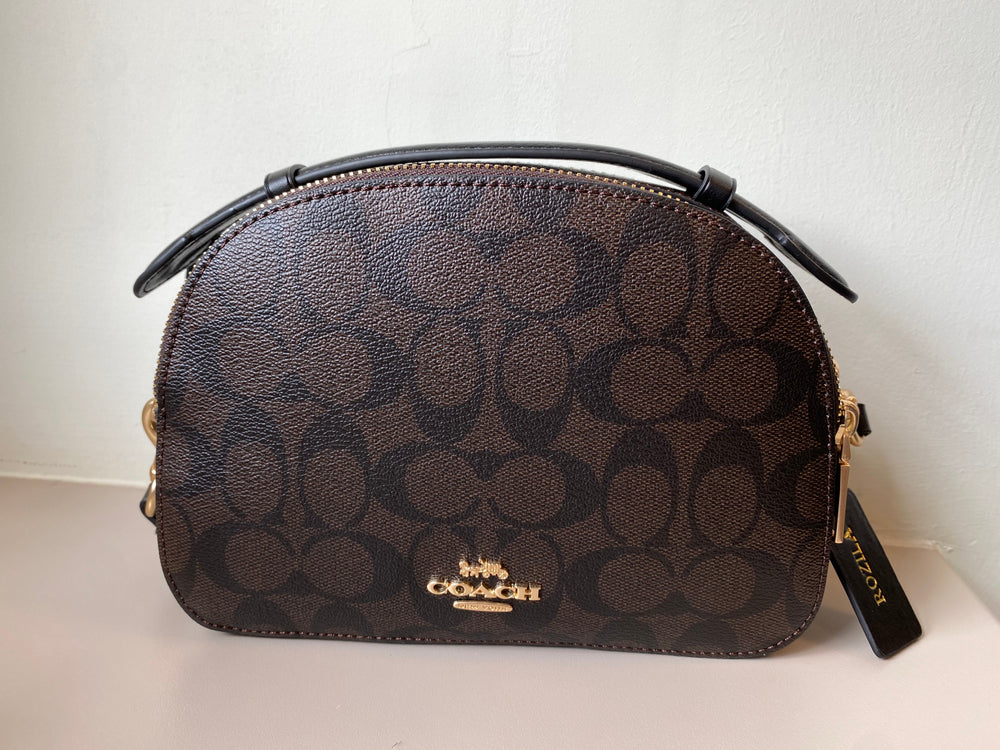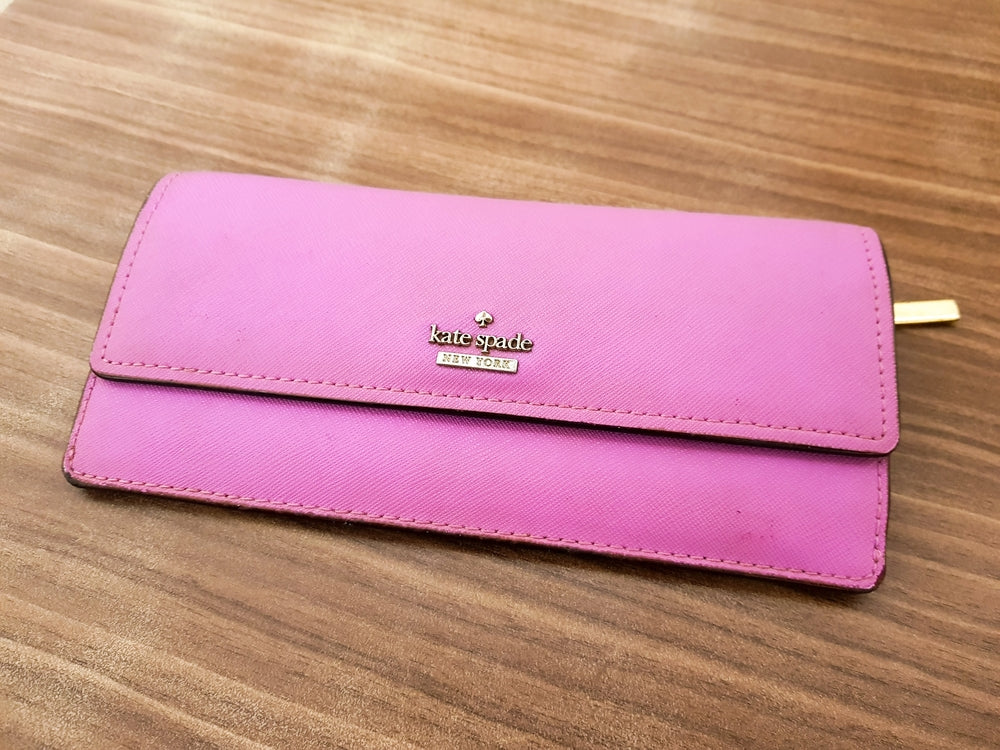Louis Vuitton Authenticity
Louis Vuitton, a name that screams luxury and craftsmanship, has been captivating fashion lovers for over a century. This iconic French fashion house was founded by Louis Vuitton in 1854 and is about impeccable design, innovation, and timeless elegance. It all started with Louis Vuitton's game-changing invention—the flat-topped trunk—that turned luggage design upside down and paved the way for the brand's incredible success.
From its humble beginnings to its current status as a global fashion force, Louis Vuitton has always stayed true to its promise of unmatched quality and everlasting style. With their famous monogram canvas, stunning leather goods, and prestigious awards under their belt, Louis Vuitton has become the ultimate symbol of fashion and sophistication worldwide.
Unfortunately, the market is flooded with fake replicas trying to copy the brand's unique designs and craftsmanship. In this article, we'll arm you with the knowledge and insights to tell apart genuine Louis Vuitton pieces from fakes. Let's dive into the world of Louis Vuitton authentication and uncover the secrets behind the brand's timeless appeal.
Logo and Branding: Unveiling the Icon
The Louis Vuitton logo, also known as the LV monogram, is an important fashion symbol. Georges Vuitton, the son of Louis Vuitton himself, created it. It proudly showcased his father's initials on the canvas. This happened way back in 1896 and became the official identity of the brand.
Apart from the monogram, the logo includes a Japanese-inspired flower design, which adds a special touch to the overall look. Louis Vuitton offers a versatile monochrome version of the logo that works well on different surfaces and backgrounds and a fancy gold-like color that screams elegance and represents the essence of the brand. They also feature stylized flower emblems, like one with pointy petals in a black rhombus and another in a rounded shape within a solid circle. You can spot these unique logos on Louis Vuitton's exclusive leather and textile goods.
The Louis Vuitton logo has stayed the same throughout the years, except for a tiny change—they removed the brand's name from beneath the monogram.
When you're checking a Louis Vuitton piece, looking at the logo is essential. Make sure it matches the official Louis Vuitton logo design, and pay attention to the consistency of its elements and proportions. That way, you'll know it's the real deal and hasn't deviated from the recognized and established Louis Vuitton logo.
Hardware: The Finishing Touches
Louis Vuitton has many hardware designs, like their famous LV Circle and LV Twist closures. Since 1991, all Louis Vuitton bags have had this excellent gold brass hardware with the "LV" logo—it's a total heritage thing. The older bags might have Swiss-made or ECLAIR zippers, while the newer ones, especially the ones with colored zippers, might rock those YKK-branded zippers.
The rivets and studs on Louis Vuitton pieces have these nice rounded shapes and are embossed with either "Louis Vuitton" or "LV."
Here's something to keep in mind: all the hardware on Louis Vuitton pieces should feel substantial and have the Louis Vuitton logo stamped on it. The metal finishes might differ depending on the specific design, but the quality should always be on point throughout.
Stitching: A Testament to Craftsmanship
When checking if a Louis Vuitton piece is genuine, stitching is something to pay attention to. Louis Vuitton is known for their top-notch stitching that's just next level. The stitches should be super tiny, close together, and done with total precision. They use different techniques, like saddle stitching, where they sew two needles at once through each hole to make it extra durable.
In 2019, Louis Vuitton came out with the "New Wave" collection, which had this amazing quilting and a different stitching pattern than their classic pieces. It shows how Louis Vuitton keeps pushing the boundaries and being innovative while staying true to their signature craftsmanship.
Leather and Canvas: The Materials of Excellence
Louis Vuitton knows their stuff when it comes to materials—they use only the best of the best. They use top-notch leather and canvas options like calfskin, lambskin, and even some fancy exotic skins like crocodile and alligator.
They have some seriously iconic patterns too. The Damier Canvas was introduced in 1888, followed by the Monogram Canvas in 1896. Those patterns have stood the test of time.
In 2010, Louis Vuitton kept things fresh by bringing in new materials like Empreinte Leather. This leather is absolutely exquisite, with a unique textured pattern made from top-quality calfskin. It feels so luxurious and lasts a long time. That kind of innovation in materials sets Louis Vuitton apart from other luxury brands.
When you're checking out the leather on Louis Vuitton pieces, it should feel soft, smooth, and free from any scratches or marks. Let's not forget the canvas—it should have a nice substantial, durable texture. The design pattern on the canvas should be consistent and sharp throughout the piece, with no fuzziness or fading. And here's a little tip: authentic Louis Vuitton canvas often has a slightly raised texture, which adds to its unique look.
Serial Number and Date Codes: Decoding the Clues
Here's something interesting: despite what you might have heard, most Louis Vuitton handbags (except for luggage and super rare limited-edition pieces) don't actually have serial numbers. Instead, they have something called "date codes" that you can find either on interior tags or directly on the inside linings. These date codes show you when and where the piece was made. Just keep in mind that date codes aren't used for authentication purposes, but they can give you some clues about your Louis Vuitton piece.
Louis Vuitton has been putting date codes on small leather goods, and most accessories in their bags since the 1980s. The format of the date codes has changed over the years, but typically you'll see two letters followed by four numbers.
Those letters and numbers tell you when and where your piece was made. Here's a significant update: as of March 2021, Louis Vuitton has started sneaking microchips into their pieces instead of using date codes. Talk about hi-tech!
To find the date code, look for it directly embossed into the fabric or on a rectangular leather tab sewn into the inside seam. Sometimes, you might spot the date code near the handles on older pieces. The leather used for the tab should match the material of the bag's trim. You can also find the date code on a tag in a pocket, either inside or outside the bag. If it's embossed, check near the top edge of an interior pocket's seam. Foil stamping is another way they print the date codes.
And here's a little tip: make sure that the country indicated by the factory code matches the "made in" country stamped on the bag. That way, you can avoid any counterfeit pieces.
Having an authentic Louis Vuitton piece is more than just rocking luxury fashion—it's like owning a piece of their history, expertise, and top-notch craftsmanship. They pay attention to everything, from the logo and branding to the hardware, stitching, leather, canvas, and serial number. Whether you're all about that classic monogram look or you're into their fresh new designs, Louis Vuitton keeps pushing the boundaries while staying true to their signature style.







